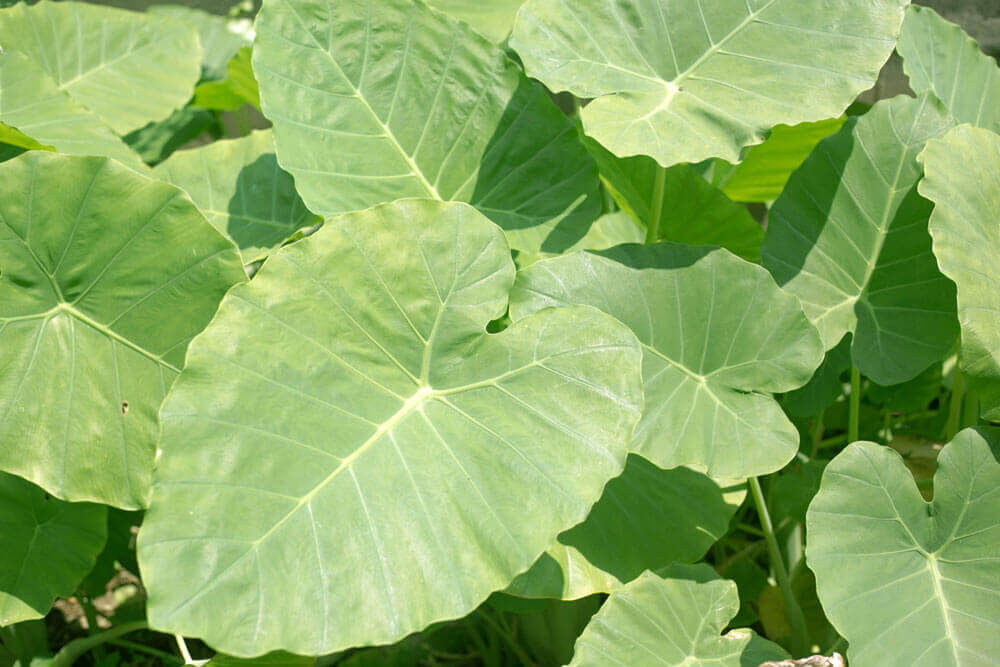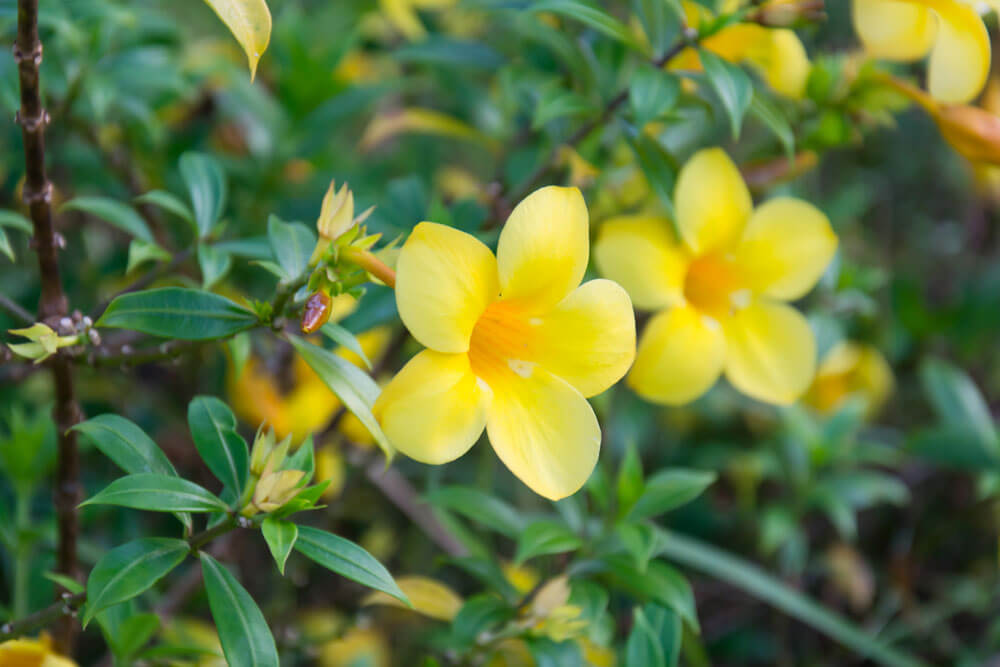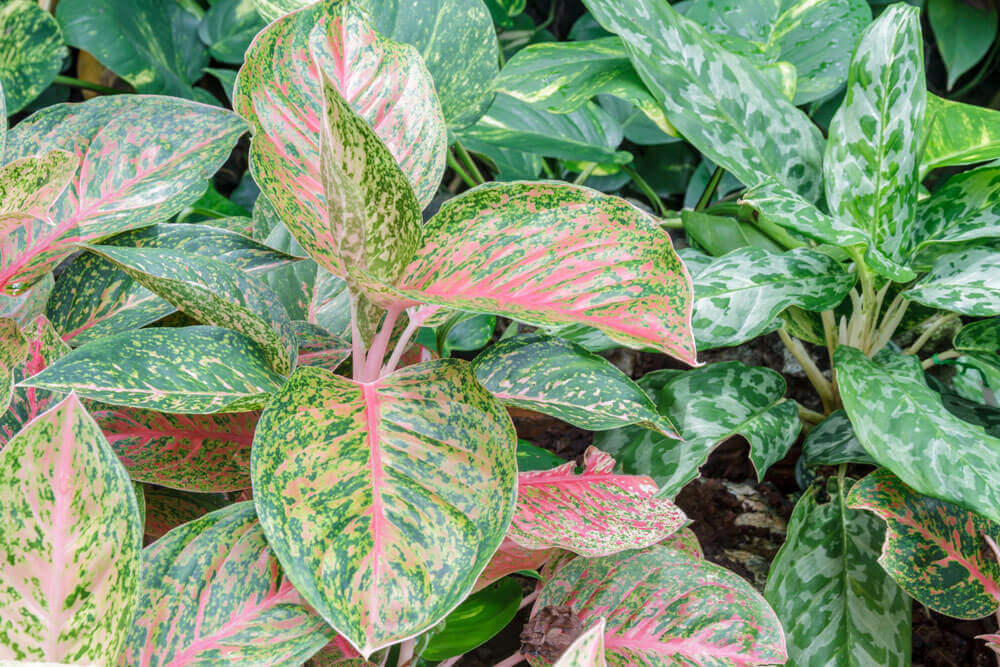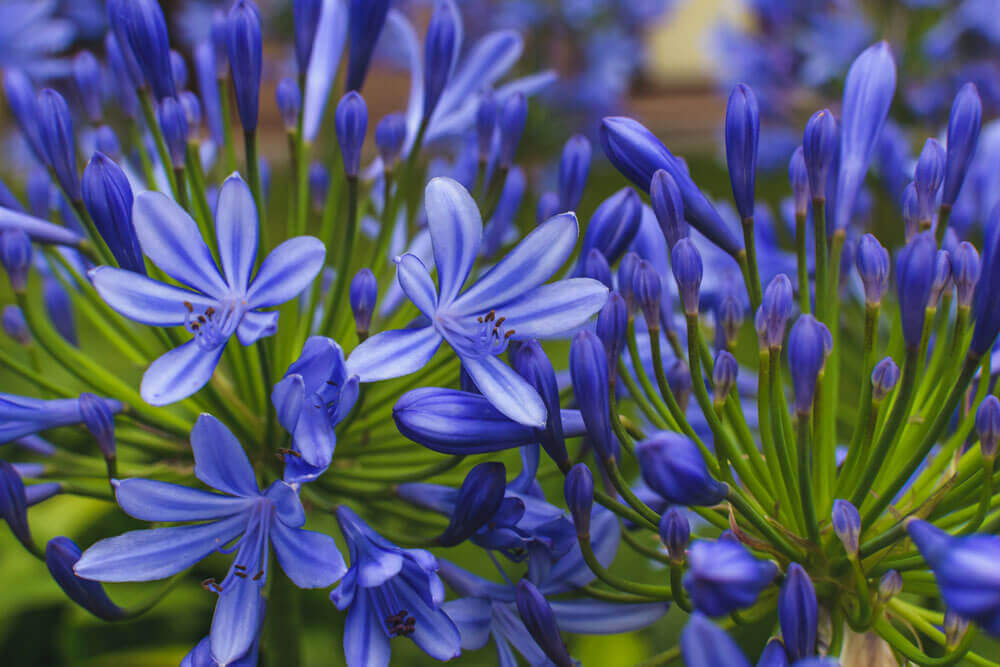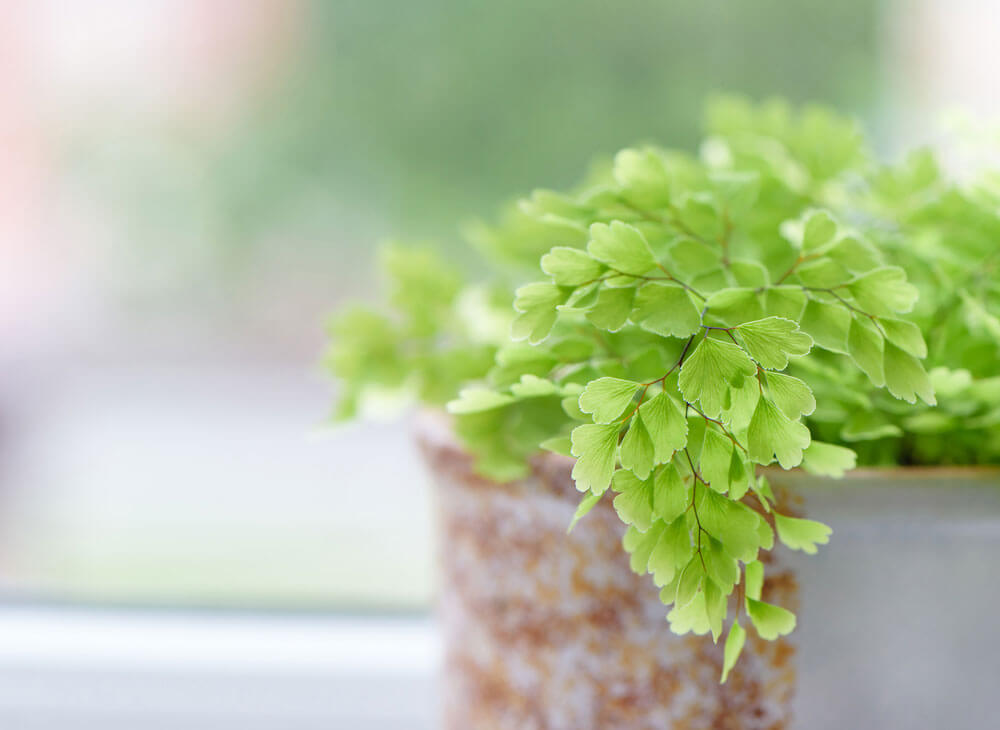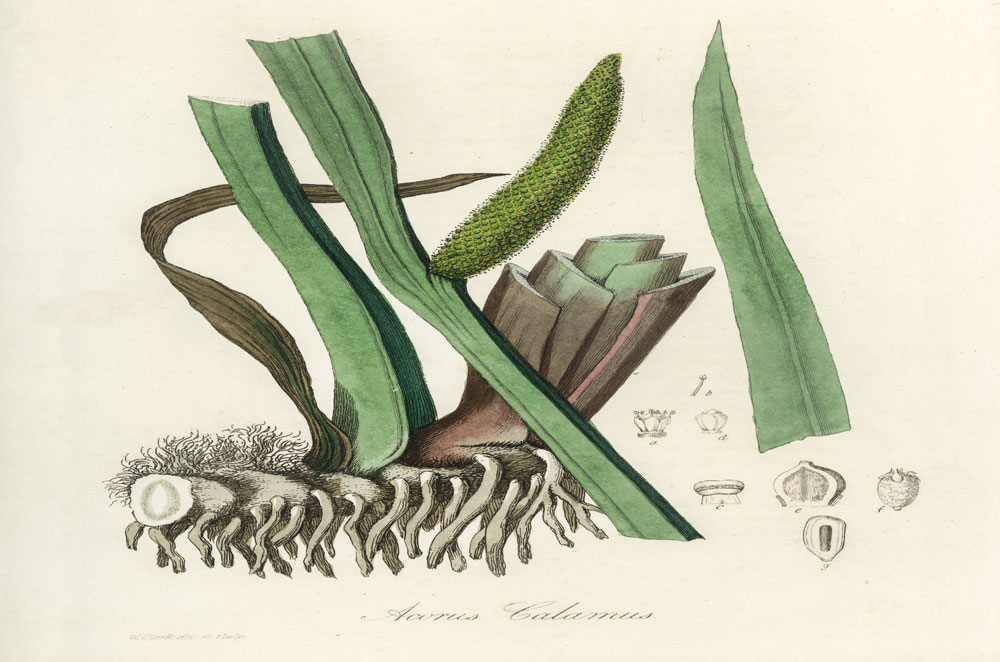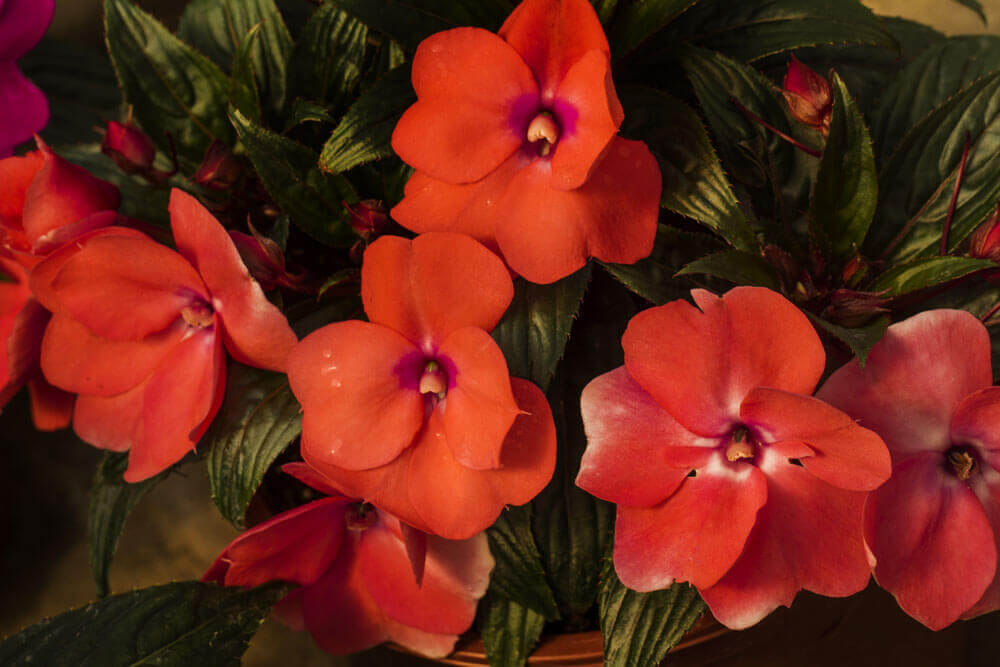Aloe: Identification, plant Growth and reproduction
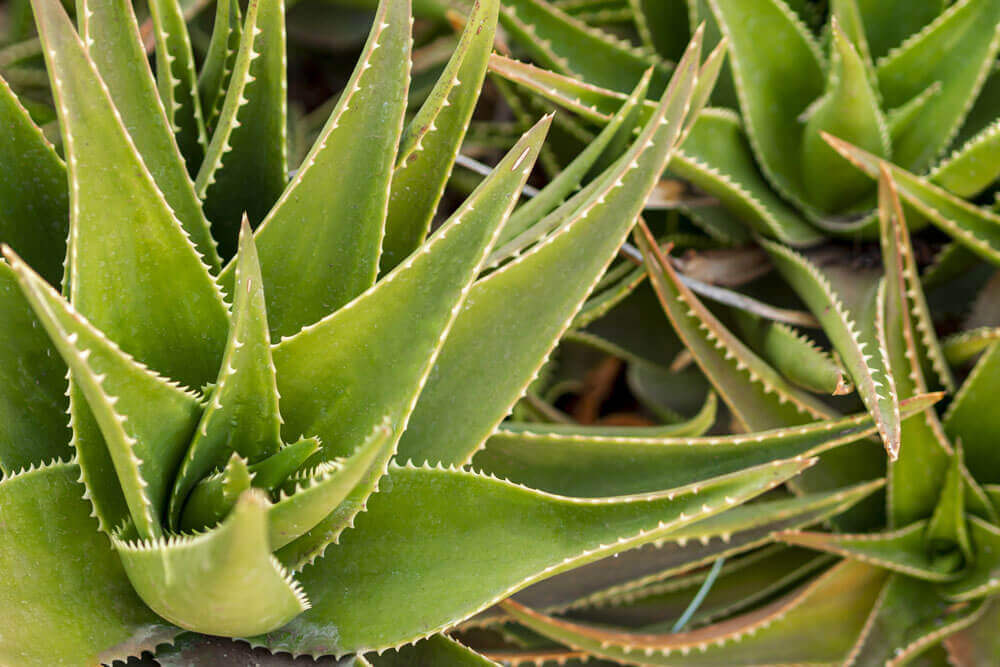
Learn about the plant
Aloe is a genus of more than 300 varieties, also, many hybrids, of little to the sizeable, rosette, time tested perennials, some are bush-like or ascending, several tree-like. They are based in the Cape Verde Island destinations, exotic and the southern area of Africa, Madagascar, along with the Arabian Peninsula. They demand very little water or treatment. Liquid from the thicker, directed, sharply toothed leaves of some varieties is utilized in medications. Even so, all Aloe leaves are dangerous if ingested, so increase vegetation clear of youngsters. The eco-friendly or lightly blotched leaves usually grow in small rosettes or occasionally in spirals. Their lilylike plants bloom atop high surges. Some kinds bloom every month. Simple to look after, as long as they get excellent drainage and enough sunshine. Get rid of blossom stalks and old foliage after blooming.
Aloes are usually stemless rosettes, but there are a few stemmed varieties, like Aloe plant arborescent (9 in. spiny results in on tall trunks) and Aloe Ferox (18 in. spiny and warty blades).
Plant growth conditions
Ordinary ambiance from springtime to the fall – minimal 50F in winter.Semi-tone or brilliant light-weight. Offer some sunlight. Expand in garden soil-structured planting mixture
Always keep compost wet in any way time. In winter, water is very infrequently—no need to mist the leaves. Always keep rich compost moist whatsoever time. In winter, normal water very infrequently. No reason to mist the leaves.
Plant reproduction
Cuttings are underlying very quickly. Get stem cuttings, offsets, or leaf cuttings in spring or summer season. It is vital to allow the cuttings free of moisture for a while before putting in a garden compost.
Irrigation is very sparingly, and you should not cover with polythene or glasses. Sow seed at 21 C when ripe.

